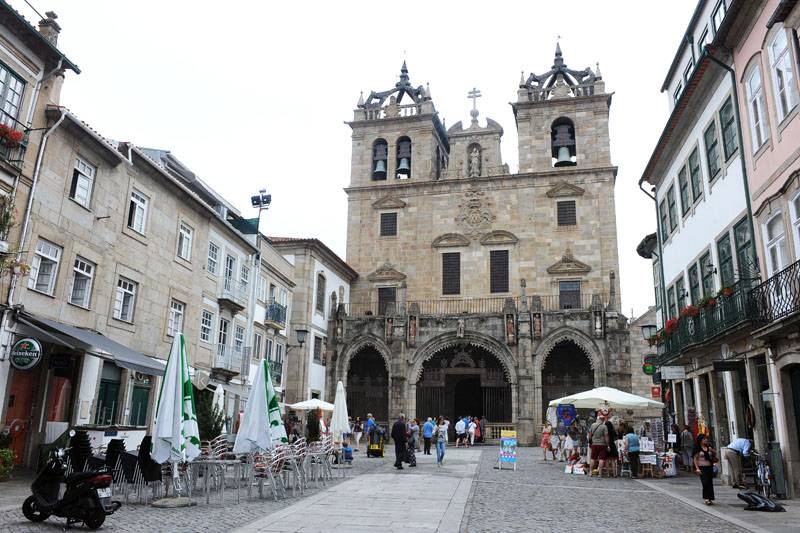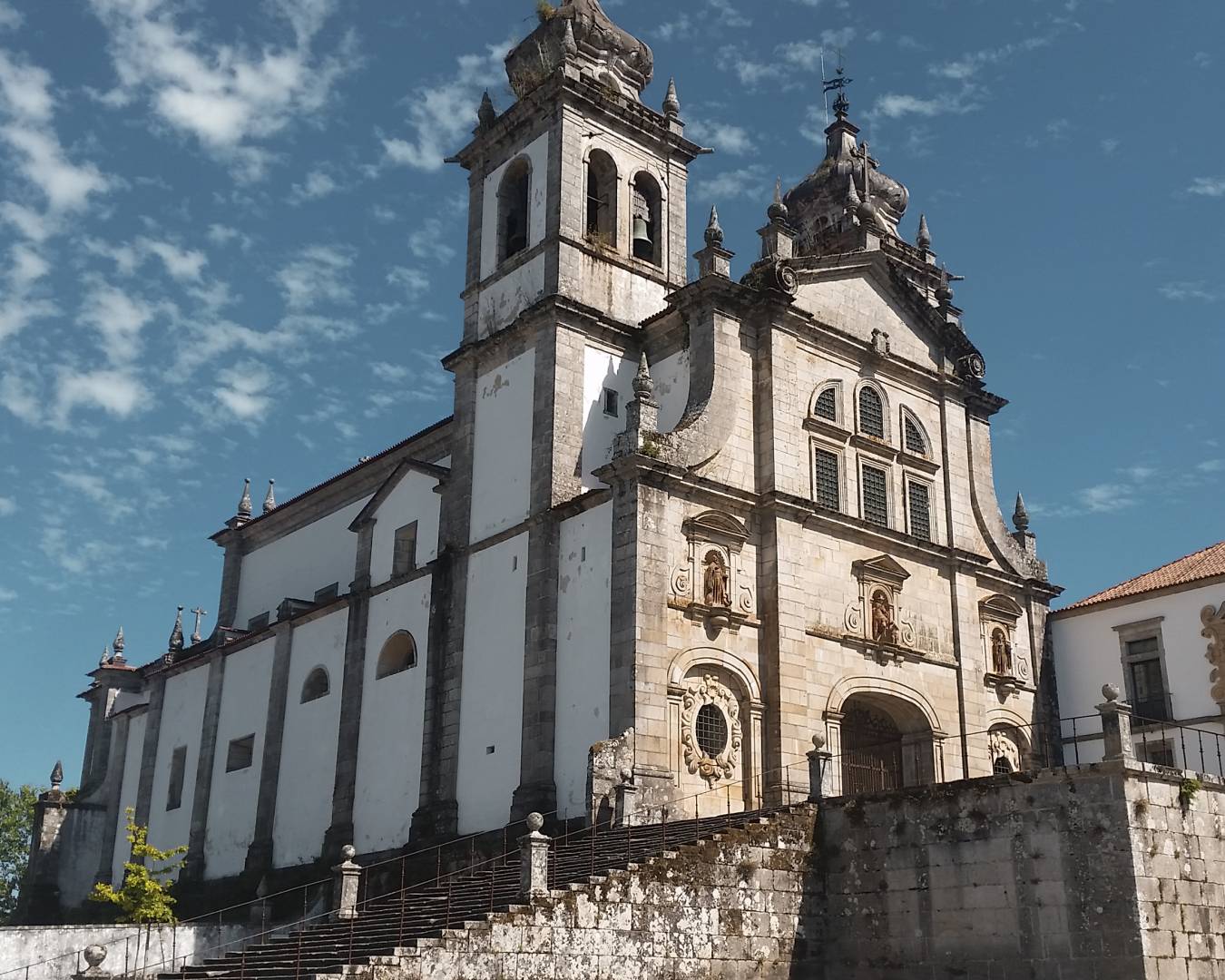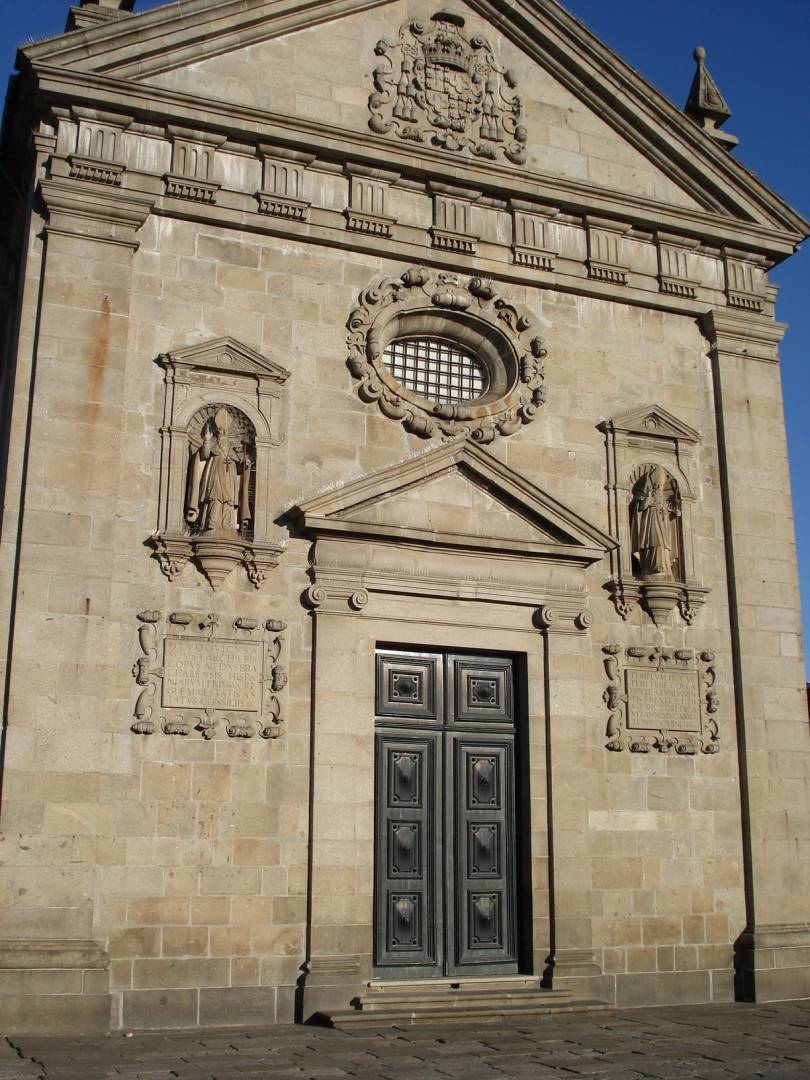Easter in Braga: What Not to Miss
Spending Holy Week and Easter in Braga is a remarkable experience for those who live Christianity. This is a great time to get to know the city and some of its most emblematic points, especially monuments associated with the Faith.
The Easter tradition in Braga is quite old and the Holy Week, with its grand processions and celebrations, is lived in the region with great fervour. Religion is inextricably linked to the history of this fertile city in churches and other monuments linked to worship, one of which is a UNESCO World Heritage Site. Follow the Braga itinerary proposed by All About Portugaland get to know eight must-see points for believers, and more.
Sanctuary of Bom Jesus do Monte

Classified by UNESCO as a World Heritage Site since 2019, it is Braga's main landmark. People all over the world use the famous stairways, where the stations of the Via Sacra are found, the peculiar elevator powered by water, or the car to reach the main site. The imposing Basilica, in Portuguese neoclassical style, was built between 1784 and 1811. Inside, the main altar stands out, where one can witness one of the main events of Christianity, the Calvary, with Christ crucified represented.
Sanctuary of Nossa Senhora do Sameiro

A little higher up, at 570 meters of altitude, there is another point that cannot be missed in any Braga tour. It is the second largest Marian Shrine in Portugal and traditionally welcomes thousands of pilgrims and visitors each year. Inside the Basilica, in a neoclassical style, there are several pieces of Sacred Art, the bell carillon and the vaulted roof. The Sanctuary is framed by a forest and offers a superb panoramic view over the city and the region.
Braga Cathedral

It is at the Cathedral that some main Holy Week ceremonies take place and whoever chooses to spend Easter in Braga must find their way to this beautiful monument. Some of these celebrations, full of meaning and tradition, are the Washing of the Feet or the Resurrection Procession. It is the oldest Portuguese Cathedral, with its construction beginning at the end of the 11th century, and it is characterized by its Baroque architectural style. Don’t leave without visiting the Treasury-Museum of the Cathedral, which has a rich and valuable estate.
Monastery of São Martinho de Tibães

Created in the 11th century, 10 kilometres from Braga, this former monastery of the Benedictine Order was active between 1567 and 1834, being at that time one of the largest monastic ensembles in Baroque Portugal. Despite the closure, activity at the level of religion has continued to this day, with the church, sacristy and cemetery remaining in parish use. The church is considered one of the greatest landmarks of Baroque art in the country and the facade deserves a long attention. Another part of the old convent houses an inn.
Church of Santa Cruz

Located right in the centre of Braga, this baroque style church, built in the 17th and 18th centuries, plays an important role in Holy Week ceremonies. It is from there that the procession of Nosso Senhor dos Passos begins and, on Palm Sunday, it hosts the remarkable traditional sermon named Sermão do Encontro. The façade is beautiful, and legend has it that young women who find three embossed cock figures in it will soon marry. The interior “hides” altars covered with rich gilded carving.
Parish Church of São Victor

Those who spend Easter in Braga cannot miss the three evening processions that take place between Wednesday and Friday of Holy Week. The first, and one of the most popular, is the Procession of Nossa Senhora da Burrinha. The procession leaves the Church of São Victor and has the peculiarity of a donkey carrying an image of Our Lady with baby Jesus in her arms. The temple assumes a dominant position, where it was built, and the interior walls are covered with 11,700 tiles, blue and white.
Misericórdia Church

One of the highlights of Braga's Holy Week is the Procession of the Lord "Ecce Homo", which stands out for its peculiar group of farricocos. Wearing black hooded robes and barefoot, these men represent the public penitents of yore, wielding matracas (type of rattles) and suspended bonfires in a kind of “bowl” with burning pinecones. The procession takes place on Holy Thursday and leaves the Renaissance style Misericórdia Church, located in the central Rua do Souto, at the rear of the Cathedral.
Mouth of the River Homem

This is another tradition that is advised when talking about Easter in Braga. A short distance from the Minho capital, hundreds of people usually gather on the banks of the River Homem, the day after Easter Sunday. In Fiscal, where the famous Portuguese singer António Variações was born, there are two crosses of the Pascal Visit that travel by boat, evoking remote times. This was the only way that some inhabitants of the municipality of Amares could kiss the cross, a manifestation of great significance.
Recommended
